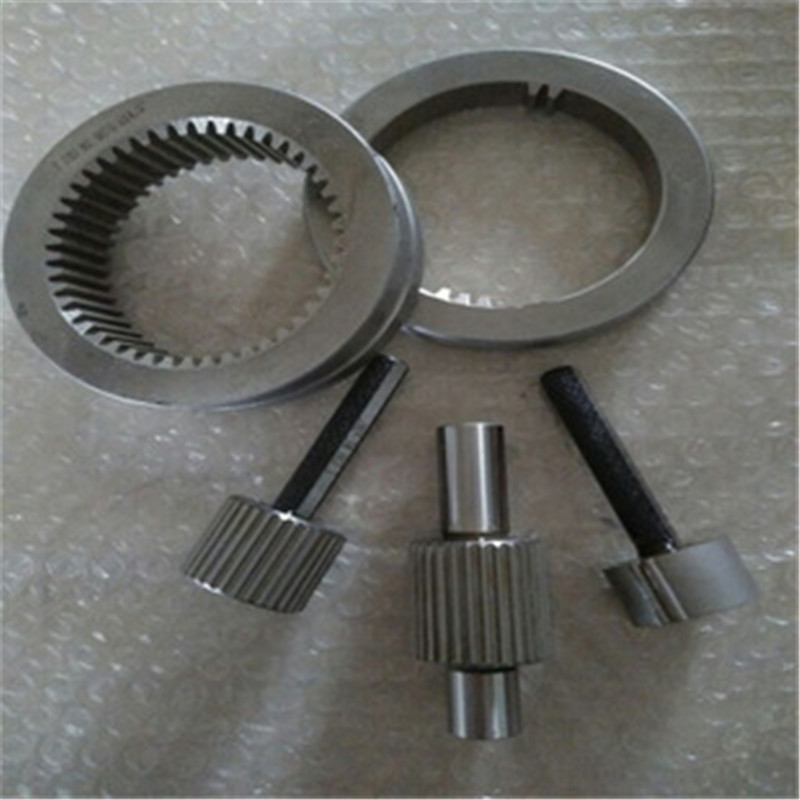Jul . 27, 2024 16:20 Back to list
3 Inch Butterfly Valve Cost and Factors Affecting Pricing in the Market Today
The Pricing of 3-Inch Butterfly Valves An Overview
Butterfly valves are widely used in various industries due to their simple design and efficient functionality. Among the different sizes available, the 3-inch butterfly valve stands out as a versatile choice for many applications, including water supply, HVAC systems, and industrial processes. Understanding the price of these valves is crucial for businesses and engineers looking to make informed purchasing decisions.
What is a Butterfly Valve?
A butterfly valve is a quarter-turn rotational valve that uses a circular disk or vane to regulate flow. The disk is mounted on a spindle, and when the handle or actuator is turned, the disk rotates to open or close the valve. This design allows for quick and efficient flow control, making butterfly valves ideal for applications where space is limited and performance is a priority.
Factors Influencing the Price of 3-Inch Butterfly Valves
1. Material Composition The price of a 3-inch butterfly valve can vary significantly based on the materials used in its construction. Common materials include cast iron, stainless steel, and PVC. Stainless steel valves, known for their durability and resistance to corrosion, are typically more expensive than their cast iron or PVC counterparts. Businesses must consider the operating environment when selecting the material, as it can greatly impact overall costs.
2. Type of Actuation There are two main types of butterfly valves manual and automated. Manual valves, which are operated by hand, are generally less expensive than automated valves that are powered by pneumatic, electric, or hydraulic actuators. The choice between manual and automated operation will depend on the application’s complexity and the desired level of control.
3 inch butterfly valve price

3. Pressure Rating Butterfly valves come with varying pressure ratings, determining how much pressure they can withstand before failing. Higher pressure ratings typically result in increased costs due to the need for more robust materials and construction techniques. Therefore, it is essential to select a valve that meets the specific pressure requirements of the intended application.
4. Brand and Manufacturer The brand and manufacturer can also significantly influence pricing. Established brands with a reputation for quality and reliability may charge a premium, while lesser-known manufacturers may offer lower prices. However, it is critical to balance cost with quality, as inferior products can lead to operational issues and increased maintenance costs.
5. Market Demand and Supply Chain Factors Like any other commodity, the pricing of 3-inch butterfly valves can be affected by market demand and supply chain dynamics. Global events, such as material shortages or changes in tariffs, can impact prices. Keeping abreast of the current market trends will help businesses anticipate price fluctuations.
Average Price Range
As of the latest market evaluations, the price for a standard 3-inch butterfly valve typically ranges from $30 to $150. Basic PVC models may be at the lower end of this spectrum, while high-quality stainless steel valves with advanced actuation options may be on the higher end. Additional costs may arise from accessories or necessary fittings, which should also be factored into the overall budget.
Conclusion
Pricing a 3-inch butterfly valve involves considering several factors, including material quality, actuation type, pressure rating, brand reputation, and market conditions. By carefully assessing these elements, businesses can make informed choices that not only fit their budget but also meet their operational requirements. Whether for industrial use or plumbing applications, understanding the dynamics of butterfly valve pricing ensures that companies invest wisely in their infrastructure needs.
-
Water Valve Gate Design Prevents Leakage and CorrosionNewsJul.11,2025
-
Steel Fab Table Features Reinforced Construction for LongevityNewsJul.11,2025
-
Specialized Valve Designs for High Pressure SystemsNewsJul.11,2025
-
Machinist Gauge Pins Feature Ground and Lapped FinishesNewsJul.11,2025
-
Hose Check Valve Prevents Backflow in Irrigation LinesNewsJul.11,2025
-
Durable Micrometer Tools Withstand Heavy Workshop UseNewsJul.11,2025
Related PRODUCTS









